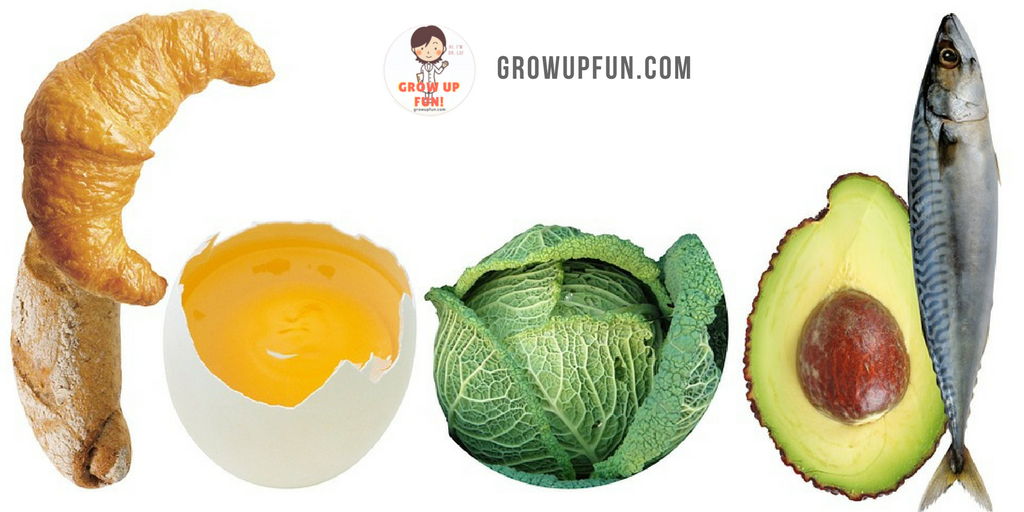Adults and children follow the same principles in proper nutrition but differ in the daily amount requirements. Protein, carbohydrates, fat, vitamins and minerals — every person has the same type of nutrient needs. Apart from amount requirements, children also need specific nutrients depending on the age group they belong.
To know the right formula in keeping your child healthy, check out the type of food to give to him and the latest dietary guidelines based on the Dietary Guidelines 2015-2020 of the U.S. Department of Health and Human Services.
PROTEIN
High-protein foods help your child’s growth through the development of his bones, muscles and other body organs. Choose the following foods that contain protein:
Seafood, Poultry, Lean Meat, Eggs, Soy Products, Beans, Peas, Nuts & Seeds (Unsalted)
FRUITS
Fruits are more than just sweet and juicy desserts kids prefer to eat rather than veggies. It contains lots of vitamins, minerals, fibre and antioxidants that keep children healthy. Encourage your kids to eat a variety of fresh fruits and drink fresh fruit juice instead of canned ones.
VEGETABLES
Vegetables contain the same healthy nutrients as fruits. It is important for children to eat green leafy vegetables to reduce the risk of acquiring chronic diseases in the future such as obesity, heart disease and some forms of cancer.
Vegetables do not come in green colors only. Encourage your child to eat many kinds including red and orange, dark green, and starchy veggies.
GRAINS
Grain foods are in the form of rice, wheat, oats, barley and cereal. Bread and pasta are two common foods that you can easily feed your child without too much complaining. Grain foods are a good source of carbohydrates and fibre to fuel your child’s growth.
Nutrition Guidelines
*Note: Amount of calories needed depends on the growth and activity level of every child.
| Type of Food | Ages 2-3 |
| Calories | 1,000 – 1,400 depending on growth development |
| Protein | 2 – 4 ounces |
| Fruits | 1 – 1 ½ cups |
| Vegetables | 1 – 1 ½ cups |
| Grains | 3 – 5 ounces |
| Type of Food | Ages 4-8 (Girls) |
| Calories | 1,200 – 1,800 depending on growth development |
| Protein | 3 – 5 ounces |
| Fruits | 1 – 1 ½ cups |
| Vegetables | 1½ – 1¼ cups |
| Grains | 4 – 6 ounces |
| Type of Food | Ages 4-8 (Boys) |
| Calories | 1,200 – 2,000 depending on growth development |
| Protein | 3 – 5½ ounces |
| Fruits | 1 – 2 cups |
| Vegetables | 1½ – 2½ cups |
| Grains | 4 – 6 ounces |
For further explanation on the dietary guidelines and to verify the best standard to follow for your child, please see a registered dietician nutritionist (RDN). They can give you advice on how to help your kids eat well for their overall growth and development. Dieticians can also give you tips on the recipes you prepare at home.
